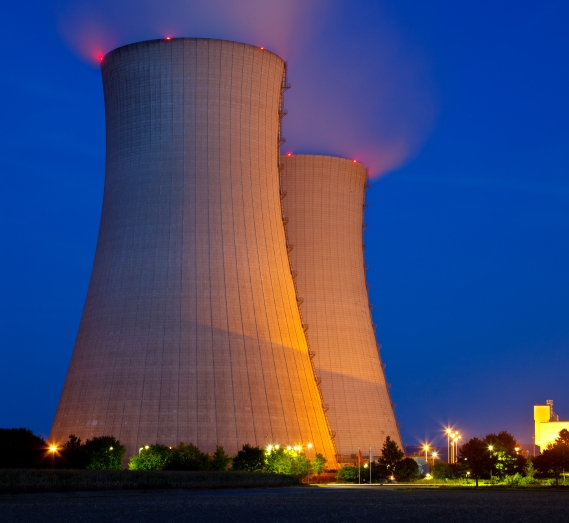The U.S. Environmental Protection Agency’s (EPA’s) plan to regulate carbon emissions is just the latest challenge facing the U.S. electric power system. Technological innovation is disrupting old ways of doing business and accelerating grid modernization. Earlier this year, AEE released Advanced Energy Technologies for Greenhouse Gas Reduction, a report detailing the use, application, and benefits of 40 specific advanced energy technologies and services. This post is one in a series drawn from the technology profiles within that report.

Nuclear power plants in operation today rely on nuclear fission (the splitting of heavy atomic nuclei) to produce electricity. Fission releases heat in the reactor core to generate steam, which then spins a turbine attached to a generator that produces electricity. Nuclear power, a zero-carbon emission technology, is typically used for generating baseload electricity, as it is a technology that is not easy to start and stop or cycle up and down. Newer technologies (known as Generation III or III+) offer greater reliability and extensive safety features, as well as higher efficiency, with capacity factors above 80%.
Nuclear power is a mature technology, with 100 reactors across 65 locations in the United States, totaling 115 GW and producing 19% of the country’s electricity. As of early 2014, five new reactors are under construction. Nuclear power plants are large facilities that provide substantial amounts of baseload power. Exelon Corporation’s Byron Generating Station, located 110 miles west of Chicago, IL, has two reactors capable of producing over 2,000 MW of electricity. In 2013, Byron produced 19.5 million MWh, enough to power more than 2 million homes.
The initial capital investment required for building new utility-scale nuclear projects is significant, typically around $5,500/ kW in the United States. However, once built, the plants have high utilization and low operation and maintenance costs. Nuclear power plants do not produce any emissions or pollutants, including greenhouse gases. Nuclear plants play a major role in reducing CO2 emissions in the U.S. today; closing one-third of the nation’s nuclear plants would cause the country’s CO2 emissions to rise by 8%.
